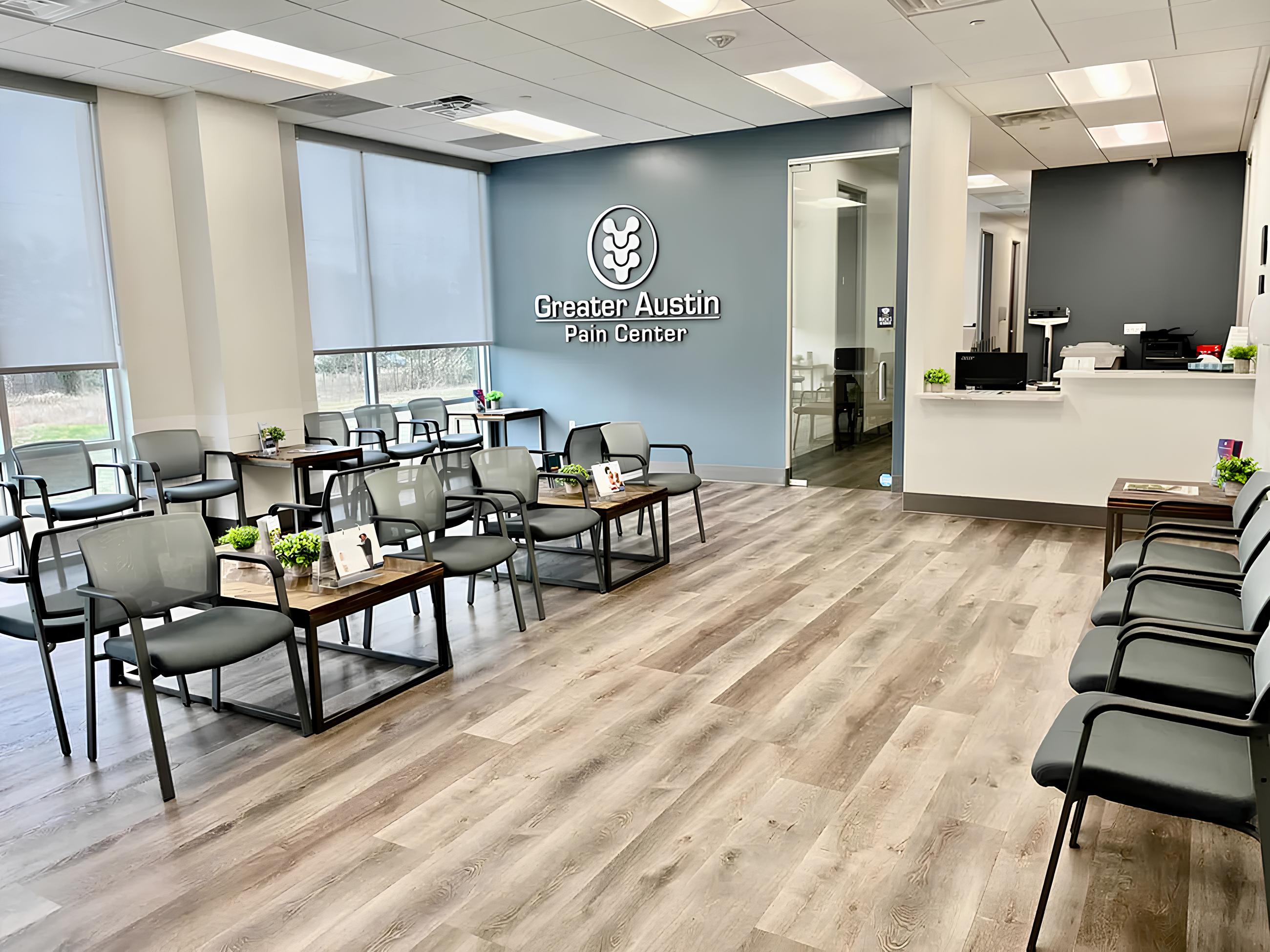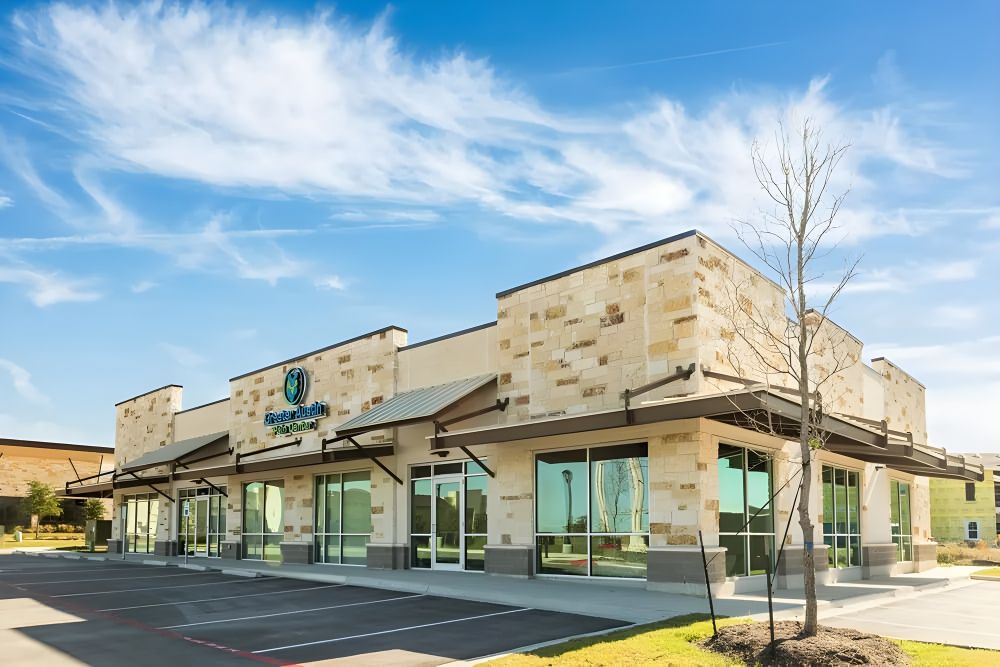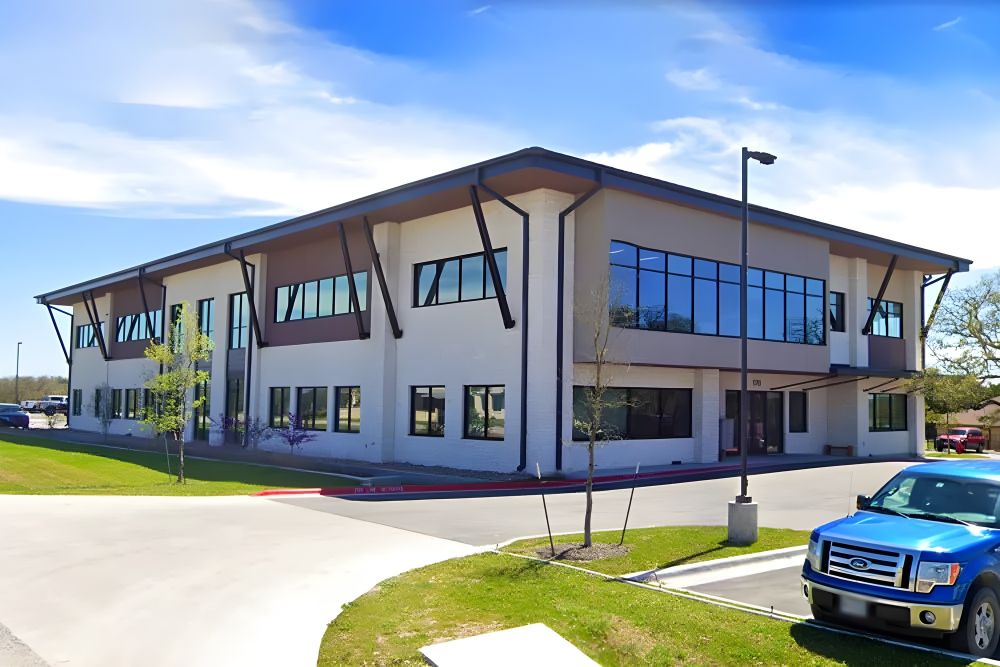At Greater Austin Pain Center, our team of experienced spine doctors is dedicated to providing comprehensive care for a wide range of spine-related conditions. We understand that spinal issues can severely impact your daily life and overall well-being. Our goal is to offer personalized, effective treatment options to help you manage pain, restore mobility, and improve your quality of life. Whether you're dealing with chronic back pain, a spinal injury, or degenerative disc disease, our spine specialists in Austin, TX, are here to support you every step of the way.









.webp)



.webp)

.webp)





















